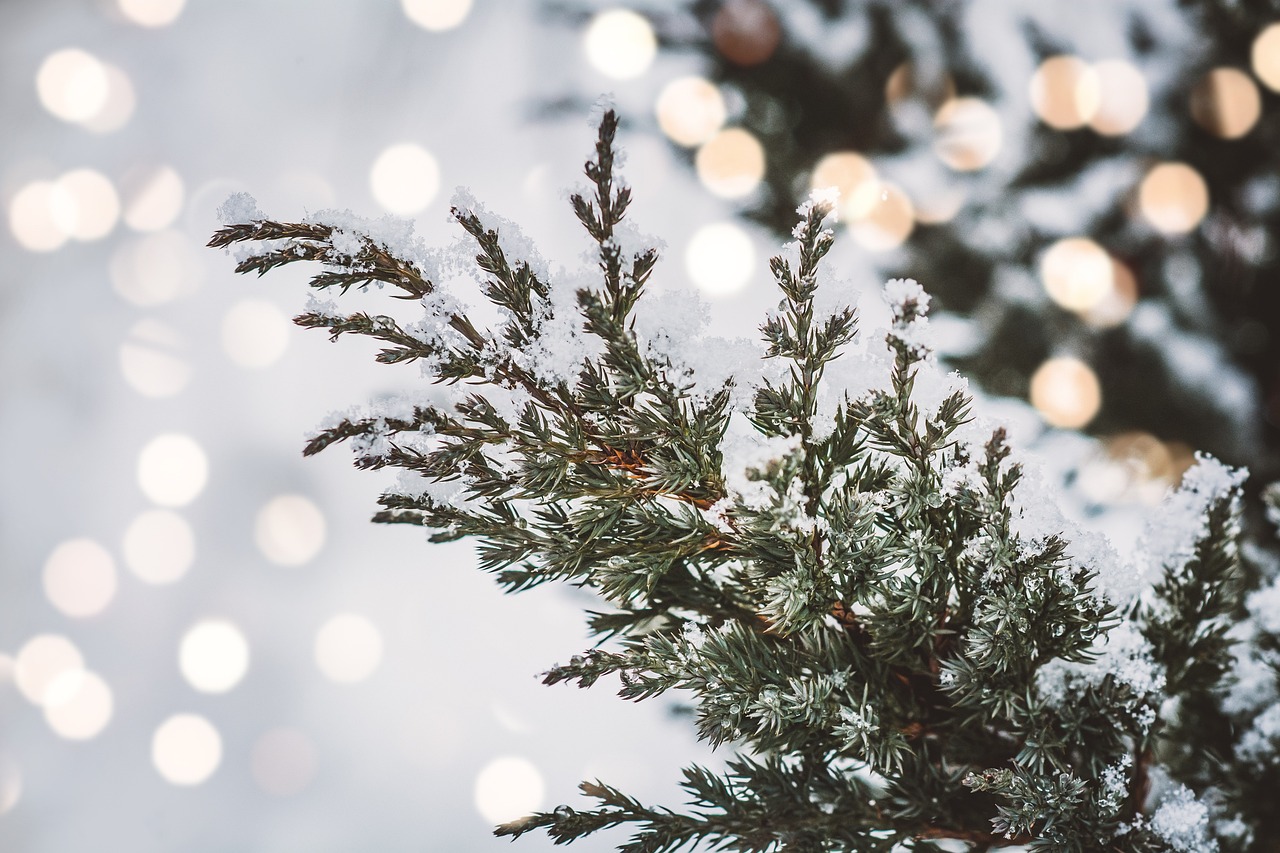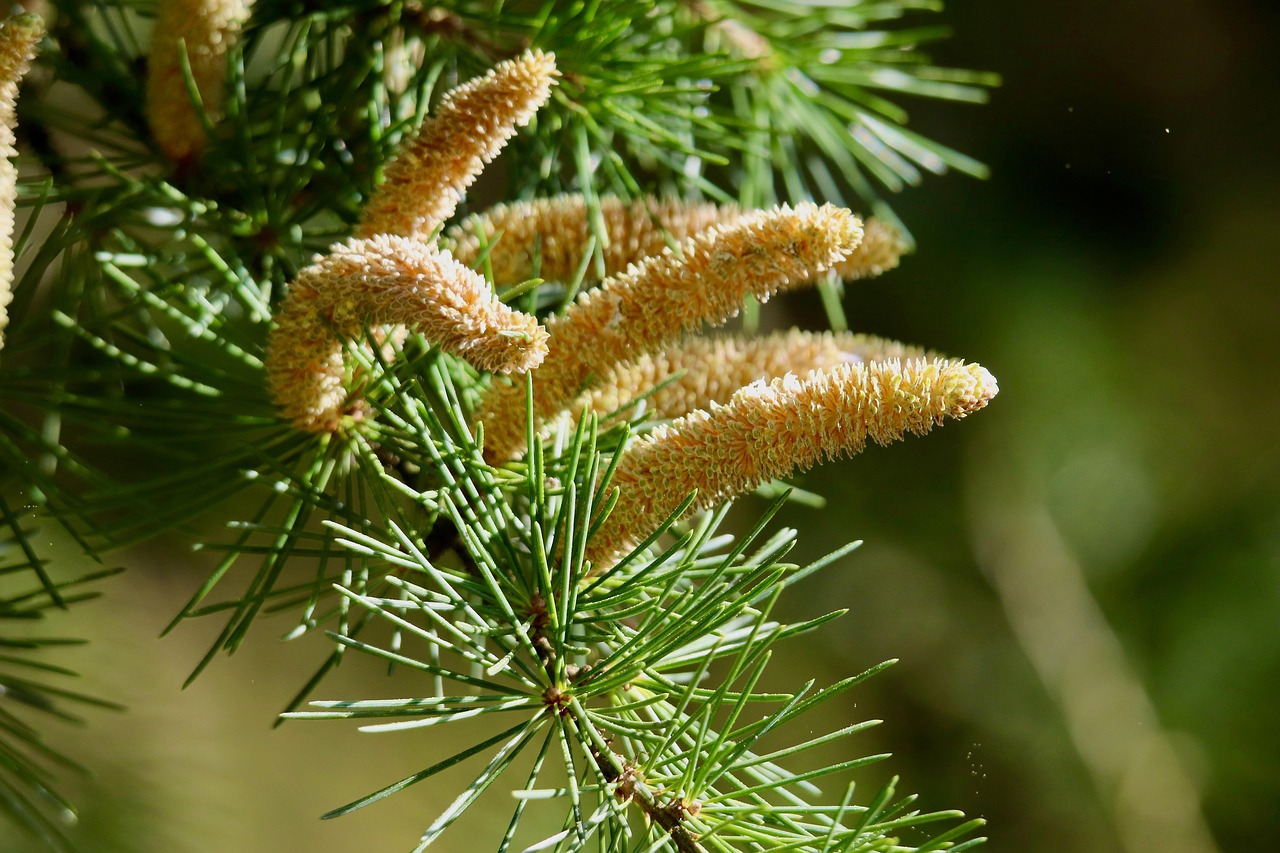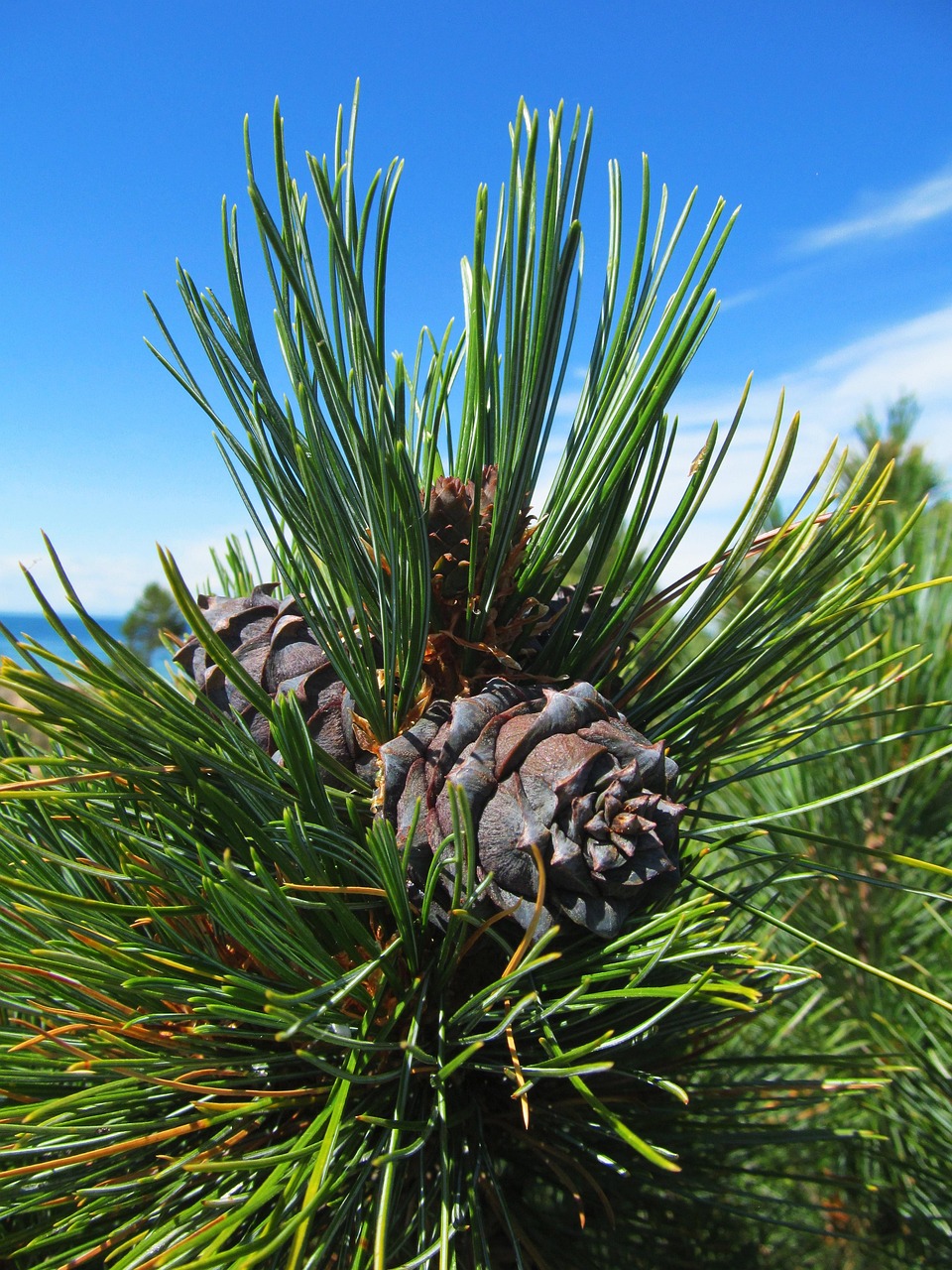Cedar Trees: Nature’s Answer to Low-Maintenance Landscaping
Cedar trees are an excellent choice for low-maintenance landscaping. Their durability, resistance to pests, and minimal water requirements make them ideal for those who want a beautiful garden without the constant upkeep. Additionally, cedar trees provide year-round greenery, adding aesthetic value to any property.
Landscaping can often be a daunting task. Many homeowners desire a garden that enhances their property’s appeal without demanding extensive time or effort. This is where cedar trees shine. Known for their majestic stature and aromatic wood, cedar trees not only beautify but also simplify landscape management.

Cedar trees belong to the conifer family and are renowned for their evergreen foliage. They come in various species, each with unique characteristics and benefits. These trees thrive in diverse environments, making them adaptable to many regions. Their ability to resist drought and pests further positions them as a preferred choice for sustainable landscaping.
Benefits of Cedar Trees in Landscaping
Choosing cedar trees for landscaping offers numerous benefits. Below are some of the most notable advantages:
- Low Maintenance: Cedar trees require minimal care once established, making them perfect for busy homeowners.
- Natural Pest Resistance: The natural oils in cedar wood repel pests, reducing the need for chemical treatments.
- Drought Tolerance: Cedar trees are well-suited for areas with low rainfall, as they can withstand dry conditions.
- Year-Round Aesthetic Appeal: With their evergreen leaves, cedar trees maintain their beauty throughout all seasons.
- Environmental Benefits: Cedar trees can improve air quality and provide habitats for local wildlife.
Popular Species of Cedar Trees

Several species of cedar trees are commonly used in landscaping. Each species has distinct characteristics that may appeal to different preferences and landscaping needs. The following table outlines some popular cedar tree species along with their key attributes:
| Species | Height | Spread | Notes |
|---|---|---|---|
| Eastern Red Cedar | 40-50 ft | 15-25 ft | Known for its aromatic wood and wildlife-friendly. |
| Western Red Cedar | 50-70 ft | 20-30 ft | Resistant to decay and very durable. |
| Atlas Cedar | 40-60 ft | 30-40 ft | Features striking blue-green foliage. |
| Deodar Cedar | 40-70 ft | 20-30 ft | Widely used in ornamental landscaping. |
The selection of the right cedar species can significantly affect the overall look and function of your landscape. Each species offers unique attributes that cater to different aesthetic preferences and environmental conditions.
In summary, incorporating cedar trees into your landscape design can lead to a low-maintenance, environmentally friendly solution that enhances your outdoor space. Their resilience and beauty make them a favored choice among homeowners and landscapers alike.
Planting and Caring for Cedar Trees

Successfully integrating cedar trees into your landscape involves understanding their planting and care requirements. While they are low-maintenance, proper initial planting and occasional care can enhance their growth and longevity. Below are important factors to consider when planting and caring for these majestic trees.
Ideal Planting Conditions
Cedar trees thrive in specific environmental conditions. When selecting a site for planting, consider the following:
- Soil Type: Cedar trees prefer well-drained soil. Sandy or loamy soils are ideal for optimal growth.
- Sunlight: Full sun is essential. Aim for at least six hours of direct sunlight each day to support healthy growth.
- Space: Ensure adequate spacing between trees. Depending on the species, they can grow quite large, necessitating enough room to spread.
Steps for Planting Cedar Trees
Follow these steps to successfully plant cedar trees:
- Choose the Right Time: The best time to plant cedar trees is during the spring or early fall when temperatures are moderate.
- Prepare the Site: Clear the area of weeds and debris. Dig a hole that is twice as wide as the root ball and as deep as the root system.
- Place the Tree: Position the tree in the center of the hole. Ensure the top of the root ball is level with the surrounding soil.
- Backfill and Water: Fill the hole with soil and water generously to eliminate air pockets. Mulching around the base can help retain moisture.
Watering and Fertilizing Cedar Trees
Cedar trees are relatively drought-tolerant once established, but they do require watering during their initial growth phase. Here are some guidelines:
Watering Guidelines
- Initial Watering: Water cedar trees thoroughly after planting. This helps establish their roots.
- Regular Watering: For the first year, water deeply once a week, particularly during dry spells.
- Established Trees: After the first year, most cedar trees can thrive on natural rainfall. However, supplemental watering may be needed in severe drought conditions.
Fertilization
Cedar trees typically do not require heavy fertilization. However, a balanced fertilizer can be beneficial during the early stages of growth. Follow these tips when fertilizing:
- Type of Fertilizer: Use a slow-release fertilizer with equal parts nitrogen, phosphorus, and potassium.
- Application Timing: Fertilize in early spring before new growth begins.
- Amount: Follow package instructions for application rates based on tree size and age.
Pest and Disease Management
Cedar trees are known for their natural resistance to pests and diseases. However, they can still be affected by certain issues. Awareness and preventive measures can help maintain their health.
Common Pests
- Cedar Bark Beetle: This pest can damage trees by tunneling under the bark. Monitor for signs of infestation and prune affected areas if necessary.
- Spider Mites: These tiny pests can cause discoloration of foliage. Regularly inspect leaves; if necessary, use insecticidal soap or neem oil treatments.
Disease Prevention
Cedar trees are susceptible to certain fungal diseases such as root rot. To prevent these issues:
- Avoid Overwatering: Ensure proper drainage to prevent waterlogging around roots.
- Prune Regularly: Remove any dead or diseased branches to improve airflow within the tree canopy.
By understanding and following these planting and care guidelines, you can foster a thriving environment for cedar trees, ensuring they remain a beautiful and low-maintenance addition to your landscape for years to come.

Designing Your Landscape with Cedar Trees
Integrating cedar trees into your landscape design can significantly enhance the visual appeal and functionality of your outdoor space. Understanding how to effectively use these trees in various landscaping styles will help create a cohesive and beautiful environment.
Creating a Focal Point
Cedar trees can serve as stunning focal points in your garden. Their tall stature and unique foliage make them stand out. Here are some tips for using cedar trees as focal points:
- Placement: Position cedar trees in prominent areas where they can be easily seen, such as near pathways, entrances, or at the end of a vista.
- Grouping: Plant multiple cedar trees together to create a striking visual impact. Vary their heights and species for added interest.
- Complementary Plants: Surround cedar trees with lower-growing plants or colorful flowers to draw attention to their beauty.
Privacy Screens and Windbreaks
Cedar trees can also be effectively utilized as natural privacy screens or windbreaks. Their dense foliage provides excellent coverage, making them ideal for creating secluded spaces. Consider the following:
- Spacing: For a privacy screen, plant cedar trees closer together. This will encourage them to grow tightly together, maximizing coverage.
- Height Variations: Mix different species or cultivars of cedar to create a layered effect that enhances privacy while maintaining aesthetic appeal.
- Maintenance: Regular pruning may be necessary to maintain the desired height and density of the screen.
Seasonal Interest with Cedar Trees
Cedar trees are evergreen, ensuring that your landscape remains vibrant throughout the year. However, you can further enhance seasonal interest by incorporating various design elements around these trees.
Spring and Summer Enhancements
During the warmer months, consider adding colorful flowering plants or ornamental grasses at the base of your cedar trees. This not only adds color but also creates a lush understory that complements the tree’s foliage.
- Annuals and Perennials: Plant a mix of annual and perennial flowering plants that bloom in spring and summer for continuous color.
- Ground Covers: Use low-growing ground covers to create a seamless transition from the cedar tree to adjacent areas while suppressing weeds.
Fall and Winter Appeal
Cedar trees can also be used to create a warm ambiance during the fall and winter months. Their rich green color contrasts beautifully with autumn foliage and can serve as a backdrop for winter decorations.
- Seasonal Decorations: Decorate cedar trees with lights or ornaments during the holiday season for added charm.
- Winter Gardens: Incorporate other evergreen plants or ornamental shrubs that provide color and texture during the colder months.
Cedar Trees in Sustainable Landscaping
Incorporating cedar trees into sustainable landscaping practices can significantly benefit both the environment and your landscape. These trees provide essential ecosystem services while requiring minimal resources.
Biodiversity Support
Cedar trees play a vital role in supporting local biodiversity. They provide habitat for various wildlife species, including birds, insects, and small mammals. To enhance this aspect:
- Nesting Sites: Leave dead branches and fallen logs around cedar trees to create natural nesting sites for birds.
- Pollinator Gardens: Plant flowers nearby that attract pollinators, creating a thriving ecosystem around your cedar trees.
Water Conservation
Cedar trees are naturally drought-tolerant, making them an excellent option for water-wise landscaping. By including them in your design, you can reduce overall water usage:
- Xeriscaping Principles: Incorporate xeriscaping principles by grouping water-efficient plants around your cedars to minimize irrigation needs.
- Mulching: Apply mulch around the base of cedar trees to retain soil moisture and suppress weed growth.
Integrating cedar trees into your landscape design not only enhances aesthetic appeal but also contributes positively to environmental sustainability. Their versatility makes them suitable for various landscaping objectives, from creating privacy to supporting local biodiversity.
Additional Uses of Cedar Trees
Cedar trees are not only aesthetically pleasing and environmentally beneficial, but they also have a variety of practical uses. By understanding these applications, you can appreciate the full value of incorporating cedar trees into your landscaping.
Wood Products
The wood of cedar trees is highly valued for its natural resistance to decay and insects. This makes it a popular choice for various construction and woodworking projects:
- Furniture: Cedar wood is often used to make outdoor furniture due to its durability and appealing aroma.
- Decking: Many homeowners choose cedar for decking materials because it withstands the elements well.
- Building Materials: Cedar is also used in shingles, siding, and fencing, providing both functionality and aesthetic appeal.
Aromatherapy and Essential Oils
Cedar wood has a distinct fragrance that is often associated with calmness and relaxation. This characteristic can be utilized in various ways:
- Aromatherapy: Cedar essential oil is used in aromatherapy to alleviate stress and promote a sense of peace.
- Cedar Chips: Placing cedar chips in closets or drawers can repel insects while leaving a pleasant scent.
Medicinal Uses
Traditional medicine has utilized cedar for its potential health benefits. While scientific studies are limited, some uses include:
- Anti-Inflammatory Properties: Cedar extracts have been used in herbal remedies aimed at reducing inflammation.
- Respiratory Relief: The aroma of cedar is thought to aid in clearing respiratory issues when inhaled.
Challenges and Considerations
While cedar trees offer numerous benefits, they are not without challenges. Understanding these potential issues can help you make informed decisions when landscaping with cedar:
Pest Management
As previously mentioned, cedar trees can be susceptible to certain pests. Regular monitoring and maintenance are essential to prevent infestations from becoming severe. Consider these tips for effective pest management:
- Regular Inspections: Periodically check for signs of pests or diseases, especially during the growing season.
- Natural Predators: Encourage beneficial insects that feed on common pests by planting diverse flora.
Space Requirements
Cedar trees can grow quite large, requiring ample space for their root systems and branches. When planning your landscape, take into account the following:
- Growth Habits: Research the specific species you intend to plant to understand its mature size and growth pattern.
- Avoiding Crowding: Ensure that your cedar trees are not planted too close to other trees or structures that could hinder their growth.
Final Thoughts
Cedar trees stand out as an exceptional choice for low-maintenance landscaping solutions. Their striking appearance, combined with their environmental benefits, makes them a valuable addition to any garden or outdoor space. From providing privacy screens to supporting local ecosystems, the versatility of cedar trees allows homeowners to create beautiful landscapes with minimal effort.
The practical uses of cedar wood further enhance its appeal, offering options for furniture, building materials, and even medicinal applications. However, it is essential to consider the challenges associated with growing cedar trees, including pest management and space requirements.
Ultimately, by thoughtfully incorporating cedar trees into your landscape design, you can enjoy a sustainable, aesthetically pleasing environment that requires less maintenance than traditional landscaping options. Whether you are looking to enhance your property value or simply enjoy the beauty of nature, cedar trees represent an excellent choice for any homeowner seeking a low-maintenance yet stunning landscape solution.
